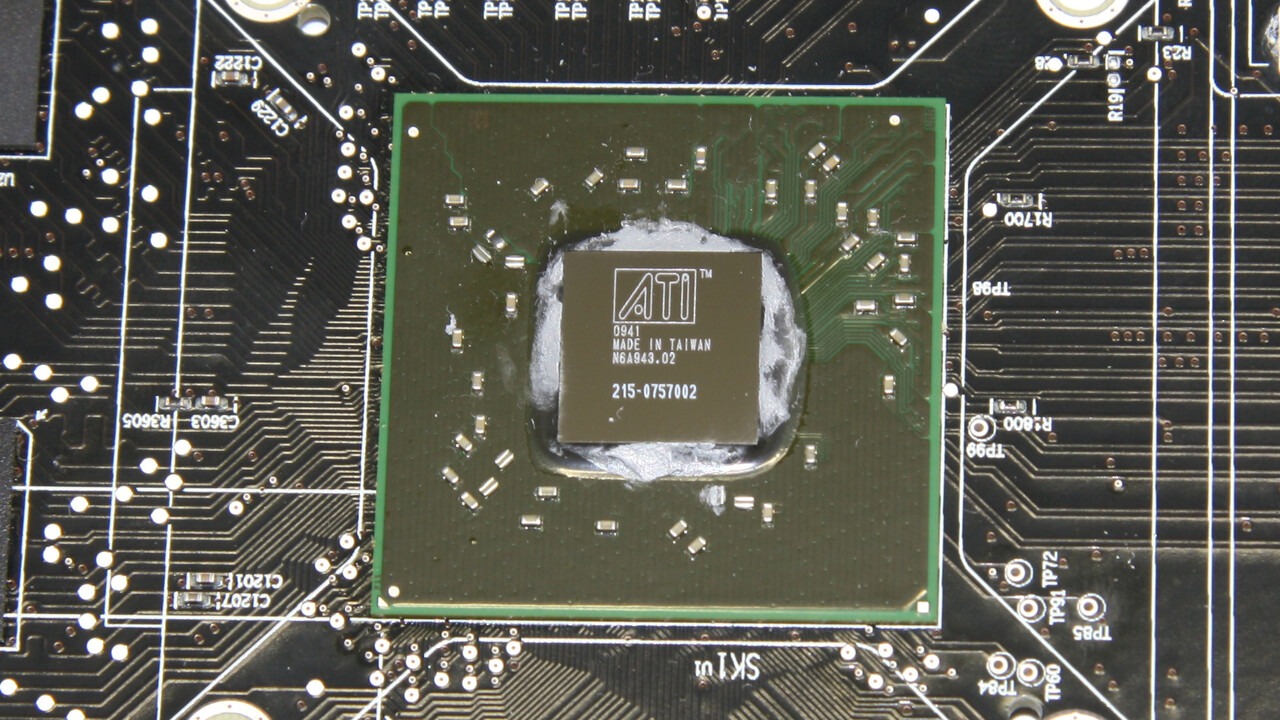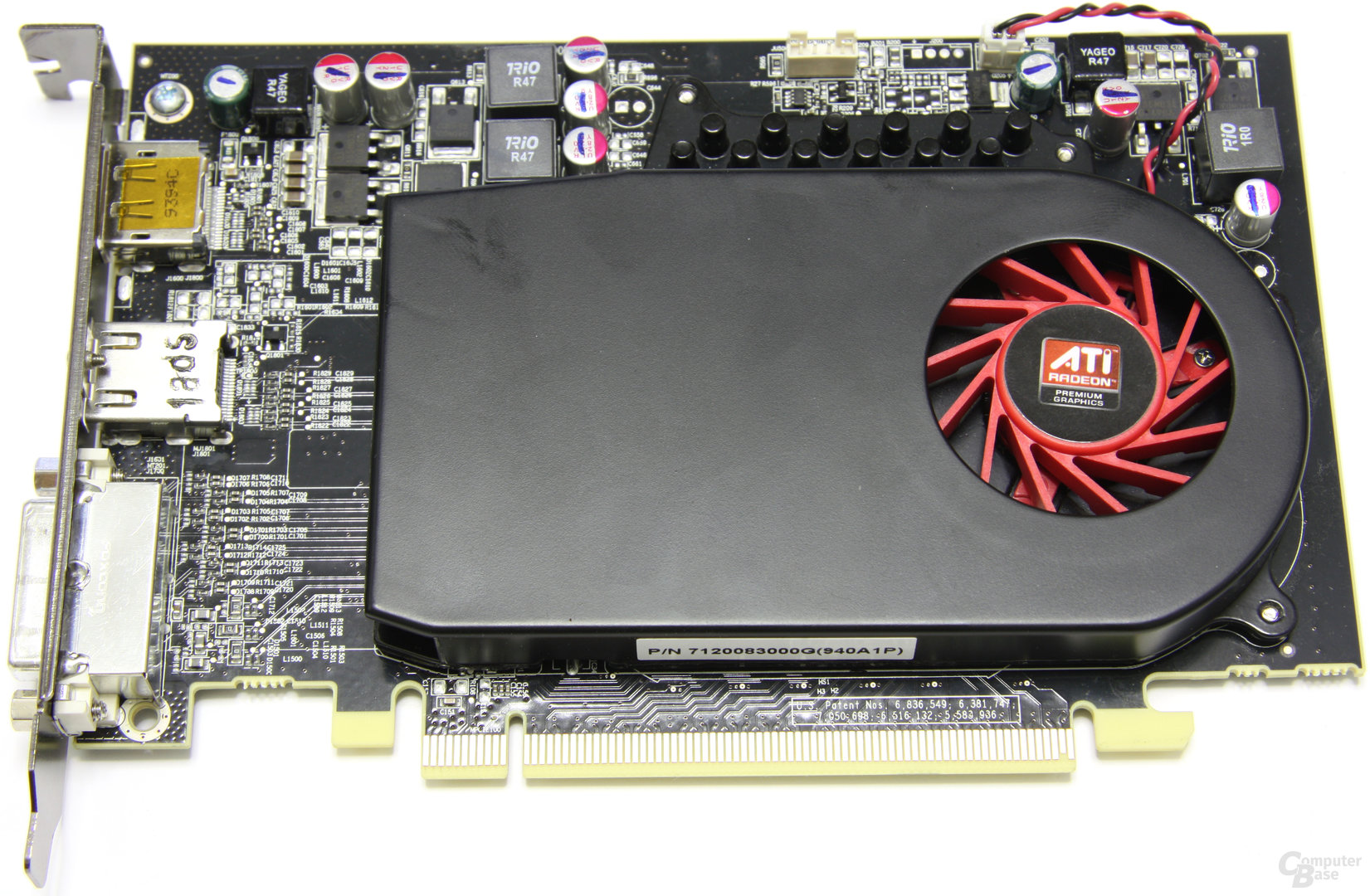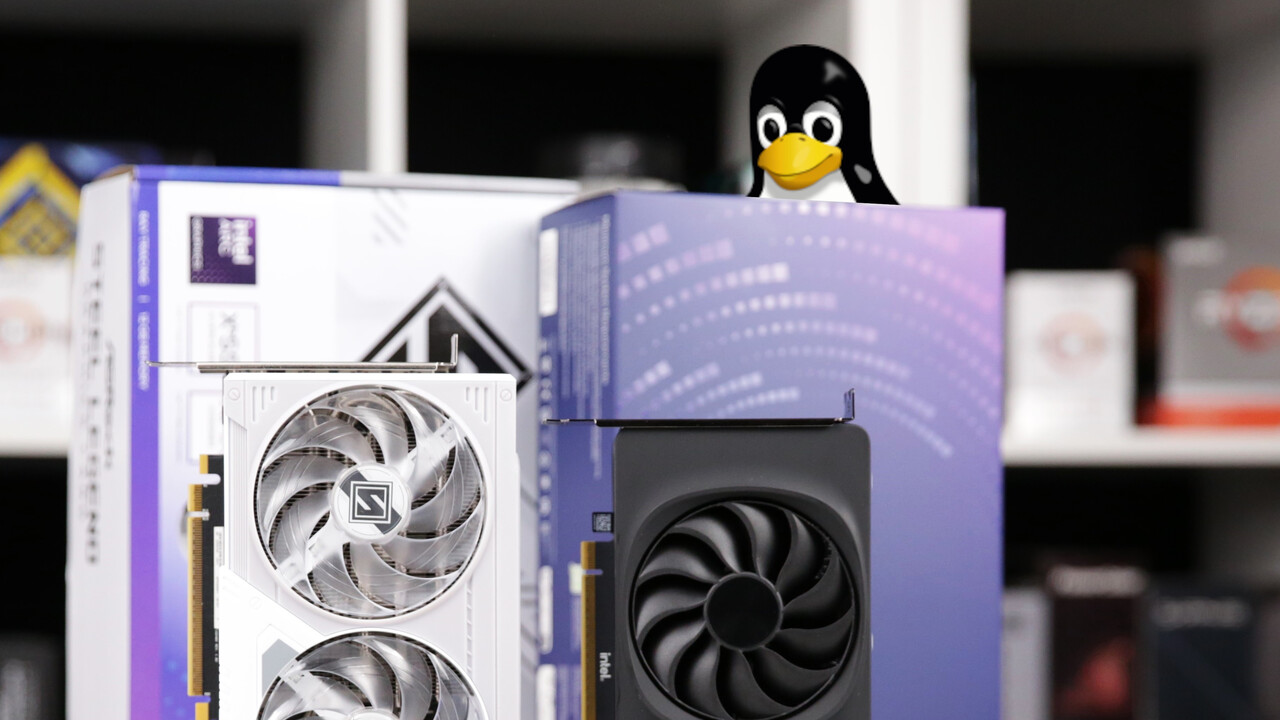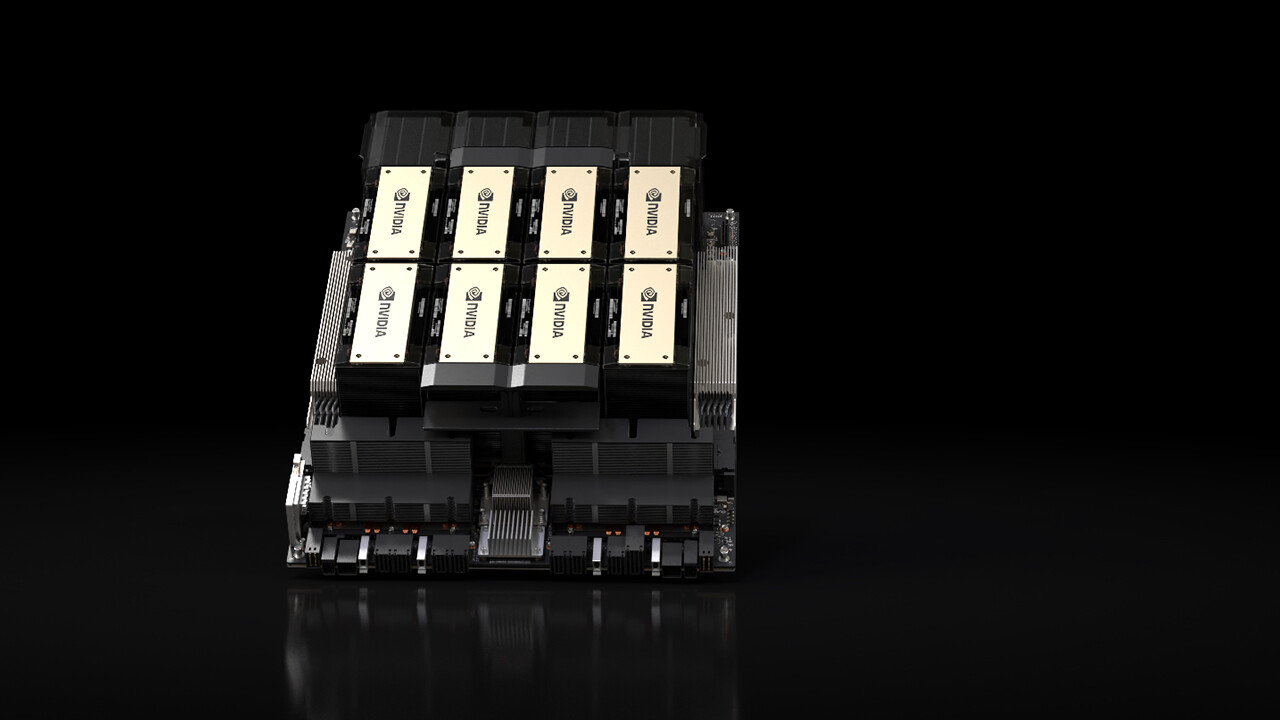During the test 15 years ago: AMD’s Radeon HD 5670 offered DirectX 11 for 79 euros 42 comments

The ATi Radeon HD 5670 (test) falls into the budget segment with a price of 79 euros. Despite its low price, the graphics card of 15 years ago could boast of DirectX 11 support, 40nm manufacturing and acceptable gaming performance.
More modern Winzling
The RV830 GPU in the Radeon HD 5670 was manufactured at TSMC using the modern 40nm process. With almost 627 million transistors, the GPU was about a third of the large RV870 used in the high-end Radeon HD 5870 and HD 5850 models. The architecture was basically identical to the large RV870, but with far fewer units calculation and a narrower memory. interface.

ATI Radeon HD 5670 Image 1 of 4
With the 128 shader units, the Radeon HD 5670 achieves a theoretical computing power of 620 GFLOPS with a chip frequency of 775 MHz, almost 30% more than its predecessor.
Radeon HD 4670 Radeon HD 4770 Radeon HD 5670 Radeon HD 5750 Chip GeForce GT 240 RV730 RV740 RV830/Redwood RV840/Juniper GT215 Transistors approx. 514 million approximately. 826 million approximately. 627 million approximately. 1.04 billion approximately. 727 million production 55nm 40nm chip clock 750MHz 775MHz 700MHz 550MHz shader clock 750MHz 775MHz 700MHz 1360MHz shader units
(MADD) 64 (5D) 128 (5D) 80 (5D) 144 (5D) 96 (1D) FLOPS (MADD/ADD) 480 GFLOPS 960 GFLOPS 620 GFLOPS 1.008 GFLOPS 392 GFLOPS ROPs 8 16 8 16 Pixel fill rate 6,000 MPix/s 12,000 MPix/s 6,200 MPix/s 11,200 MPix/s 4,400 MPix/s TMU 32 20 36 32 TAU 32 20 36 32 Text rate 24,000 MTex/s 24,000 MTex/s 15,500 MTex/s 25,200 MTex/s 17,600 MTex/s Shader-Model SM 4.1 SM 5 SM 4.1 Hybrid-CF/-SLI – Windows efficient
Power saving function ✓ Memory quantity 512 MB GDDR3 512 MB GDDR5 1024 MB GDDR5 512 MB GDDR5
1024 MB DDR3 memory 1000 MHz 1600 MHz 2000 MHz 2300 MHz 1700 MHz
Memory interface 1000 MHz Memory bandwidth 128-bit 32,000 MB/s 51,200 MB/s 64,000 MB/s 73,660 MB/s 54,400 MB/s
32,000 MB/s
The 512 MB GDDR5 graphics memory had a memory bandwidth of 64 GB/s with a memory clock of 2300 MHz and a 128-bit interface, twice as large as its predecessor. In addition to DirectX 11, the Radeon HD 5670 also supported AMD’s Eyefinity technology, allowing up to three monitors to run on a single graphics card. With a maximum power consumption of 61 watts load and 14 watts idle, the ATi Radeon HD 5670 was very well suited to HTPCs and desktops.
Close to the GeForce 9800 GT
Gamers couldn’t expect a high-end graphics card for just under 80 euros. The Radeon HD 5670 still shows an acceptable figure in the benchmarks. Depending on the resolution and whether anti-aliasing and anisotropic filtering were enabled, it generally fell between nine and eleven percent behind Nvidia‘s GeForce 9800 GT. Compared to its predecessor, the Radeon HD 4670, it was able to achieve a huge advantage of 27 to 40 percent. Nvidia’s competitor in the budget segment, the GeForce GT 240, was beaten by 14 to 61 percent. The previous generation Radeon HD 4770, which offered almost 25% more performance, was out of reach.
Even though the Radeon HD 5670 offered sufficient performance for most games at lower resolutions in 2010, buyers were not prepared for the future. The graphics card was even more energy-efficient and took one of the top places in the test in this regard. The situation was different with the sound pressure level, which was relatively low at 45 dB(A) at idle and 50.5 dB(A) under load, but not inaudible given the low performance. If you don’t mind the power consumption and volume, you can expect additional performance of 12 to 17 percent through overclocking.
Conclusion
At just under 80 euros, the Radeon HD 5670 was affordable and, given its low price, offered good features with DirectX 11 and Eyefinity. Those who didn’t need it found significantly better gaming performance, especially with the Radeon HD 4770 for around 80 euros, but had to do without modern features.
In the category “In the test 15 years ago”, the editorial team has been consulting the test archive every Saturday since July 2017. Below we list the last 20 articles in this series:
HTC’s Touch2 was a budget smartphone for 270 eurosThe advantage of SSDs over hard drives in everyday lifeRazer’s Orochi for mobile gaming fun via BluetoothBlackBerry’s Bold 9700 was a budding smartphoneNew Super Mario Bros. was also a hit on the WiiNVIDIA’s cheap GeForce GT 240 was too expensiveNoctua’s NH- D14 was the ultimate CPU air cooler for the Radeon HD 5970, it was fast and jerkyCorsair’s Obsidian 800D was ideal for water coolingSapphire earned the Radeon HD 5750 a recommendationAMD’s Eyefinity guaranteed gaming fun on three screensAMD’s Radeon HD 5750 was too expensive despite a recommended price of 115 eurosScythe’s Zipang 2 is a top-mounted cooler with silent capabilityATis Radeon HD 5770 offered DirectX 11. from 140 eurosRadeon HD 5850 as an affordable DirectX 11 entry-levelATis Radeon HD 5870 as the first graphics card with DirectX 11Intel Core i5-750, i7-860 and i7-870 on socket 1156Cooler Masters Hyper 212 Plus as a budget coolerIntel 2nd Gen X25-M SSD was at 280 MB/s at ChampionNokia The N97 would have liked to be a smartphone with the Phenom II X4 965 back in the GHz race
Even more content like this and many other reports and anecdotes can be found in the retro corner of the Techastuce forum.
Topics: AMD DirectX Radeon Retro Graphics Cards

An engineer by training, Alexandre shares his knowledge on GPU performance for gaming and creation.


